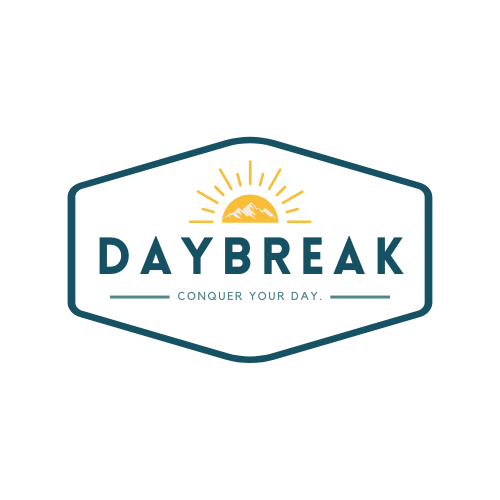
The Divine History of Cacao: From Ancient Maya to Modern Chocolate
Share
🌱 The Divine History of Cacao: From Ancient Maya to Modern Chocolate
Cacao isn’t just a delicious ingredient — it’s a superfood with an incredible story. The history of cacao stretches back thousands of years to the Mesoamerican civilizations who first cultivated and cherished it. Understanding this rich heritage helps us appreciate cacao beyond its modern chocolate bar form.
🌍 Where the History of Cacao Began
Mesoamerica — which includes parts of modern-day Mexico, Central America, and South America — was home to civilizations such as the Olmecs, Maya, Toltecs, Aztecs, and Incas. The earliest evidence of cacao use dates back to the Olmecs, who referred to it as “kakawa” as early as 1000 BCE.
Although historians can’t pinpoint exactly how the Olmecs consumed cacao, it’s clear they passed their knowledge to the Maya, who elevated cacao to sacred status.
🗿 The Maya Way: Cacao as a Gift from the Gods
For the Maya, cacao wasn’t just food — it was divine. In the Popol Vuh (their oldest sacred text), cacao and maize were said to come from the “Sustenance Mountain,” a mythical source of life itself. Cacao became a symbol of power, spirituality, and balance.
See an example of a Maya cacao vessel here (Los Angeles County Museum of Art). These cylindrical vessels were used to prepare and drink cacao, often during royal ceremonies. The Maya believed drinking cacao restored balance to both the world and its people.
Cacao even became a form of currency; the bean’s value extended far beyond its religious use.

🍫 From Cacao to Chocolate
When Spanish conquistadors arrived in the 15th century, they brought cacao back to Europe. In Spain, cacao drinks were sweetened with cane sugar and spices, transforming the bitter Mesoamerican beverage into the ancestor of modern hot chocolate.
This new drink spread quickly through Europe. By the 19th century, innovations like the cocoa press made it easier to mass-produce cocoa powder, which paved the way for chocolate bars and confections. In 1847, British company J.S. Fry & Sons created the first solid chocolate bar. Later, Milton Hershey brought mass-produced milk chocolate to the U.S. in 1900 — and the world has been obsessed ever since.
Curious how cacao differs from cocoa? Check out our “Cacao vs Cocoa” article in our Education Center to learn the difference between these two famous beans.
💪 Cacao Today: A Modern Superfood with Ancient Roots
Today, cacao is prized not only for its flavor but also for its health benefits. It’s rich in antioxidants, magnesium, and flavonoids that support heart health, brain function, and mood. Unlike processed chocolate, raw or minimally processed cacao retains the nutrients the Maya once revered.
Want to enjoy cacao the traditional way? Try frothing it with hot water like the Maya did — or experiment with our cacao-based recipes here.
🍄 Cacao Meets Mushrooms: Our Modern Twist
Our Daybreak beverage blends the energizing properties of cacao with immunity-boosting functional mushrooms — including chaga, cordyceps, and lion’s mane. Just like the Maya prepared their cacao to perfection, you can whisk it up with hot water or milk and enjoy a nourishing, frothy drink that supports your wellness.
📝 Explore
✅ Key Takeaway
From sacred rituals in the Maya world to modern-day chocolate bars, the history of cacao is one of transformation, reverence, and delicious innovation. By reconnecting with cacao’s roots, we can enjoy it as both a superfood and a cultural treasure.
